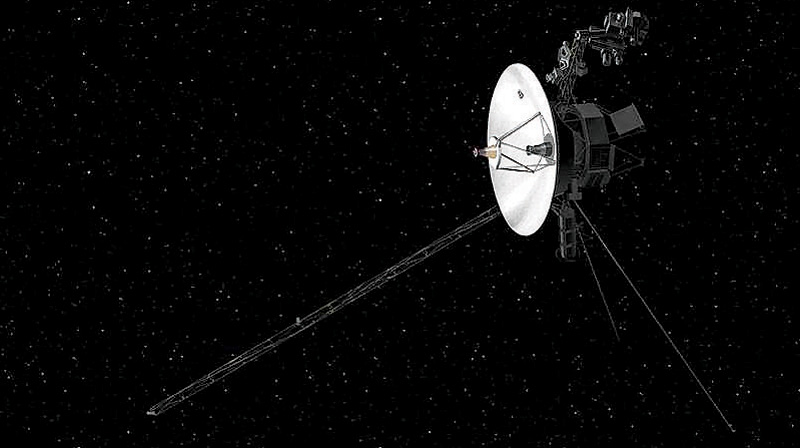

WASHINGTON: The journey of Nasa’s dauntless Voyager 2 spacecraft through our solar system’s farthest reaches has given scientists new insight into a poorly understood distant frontier: the unexpectedly distinct boundary marking where the sun’s energetic influence ends and interstellar space begins. The US space agency previously announced that Voyager 2, the second human-made object ever to depart the solar system following its twin Voyager 1, had zipped into interstellar space on November 5, 2018 at a point more than 17.7 billion km from the sun. Several research papers provided scientific details of that crossing.
MILKY WAY
Both Voyager 1 and Voyager 2 were launched in 1977, designed for five-year missions. Voyager 1 left the solar system at a different location in 2012. Both are now traversing the Milky Way galaxy’s interstellar medium, a chillier region filling the vast expanses between the galaxy’s stars and planetary systems. The solar wind — the unending flow of charged particles emanating from the outer atmosphere of the sun — creates an immense protective bubble called the heliosphere that envelopes the solar system. The boundary of the solar system — the place where the solar wind ends and interstellar space begins — is called the heliopause.
STELLAR EXPLOSIONS
Voyager 2’s scientific instruments detected abrupt differences in plasma density and magnetic particles upon crossing the heliopause, the researchers said. The researchers said the heliopause appeared to be much thinner than expected. Plasma — the fourth state of matter after solids, liquids and gases — exists in the solar system as a soup of the charged particles beaming continuously outward from the sun and clashing with interstellar plasma that darts inward from other cosmic events like stellar explosions. “This is a very exciting time for us,” California Institute of Technology physicist Edward Stone said. — AFP
Oman Observer is now on the WhatsApp channel. Click here



